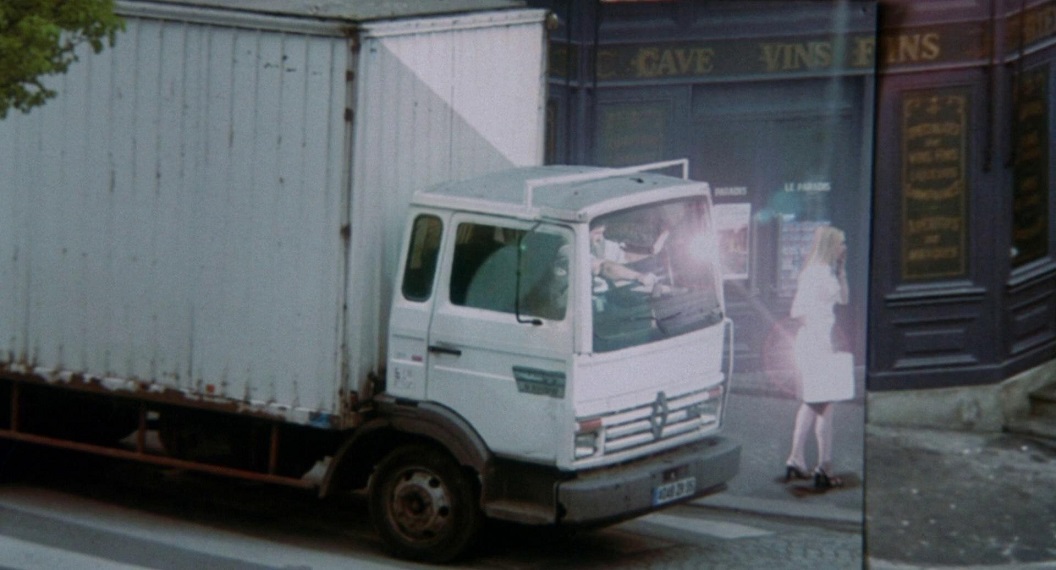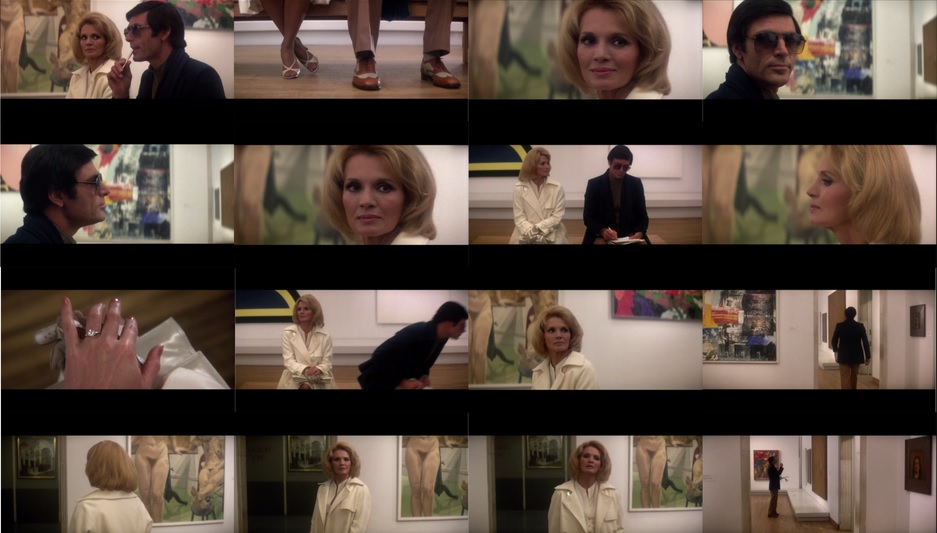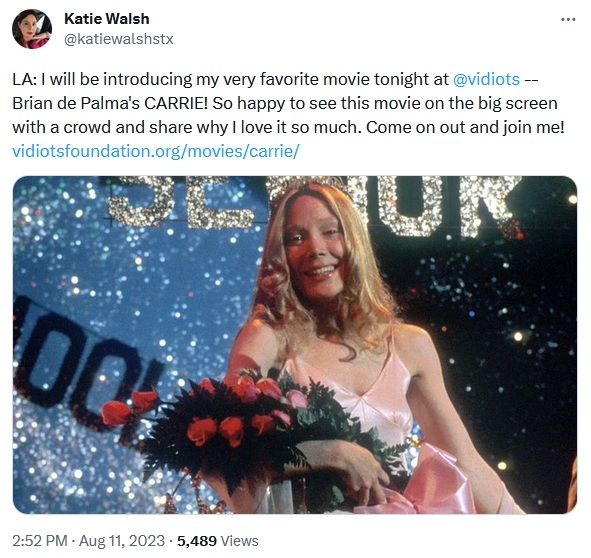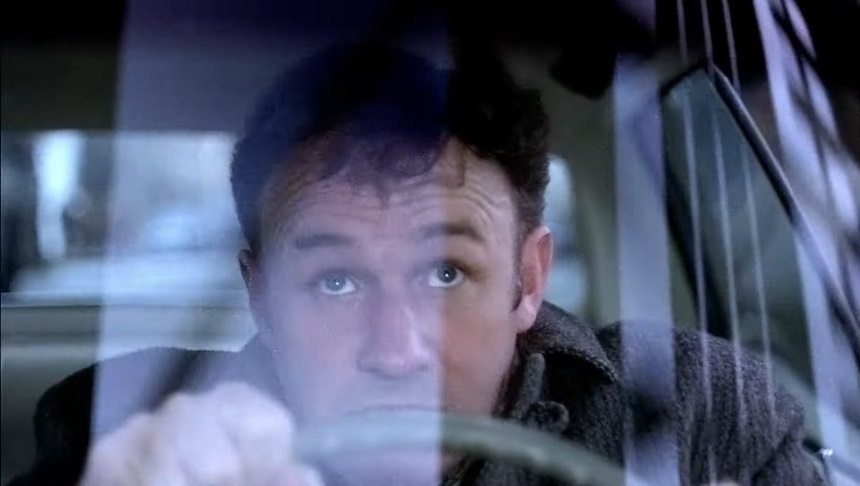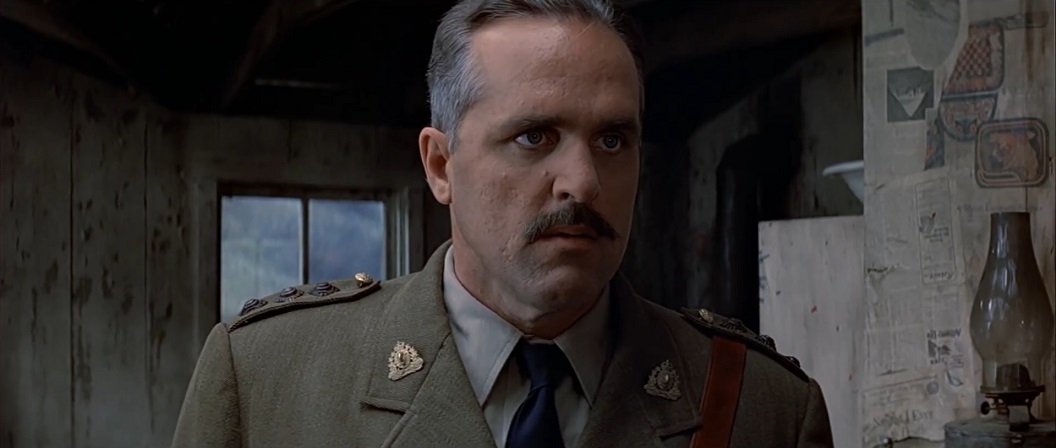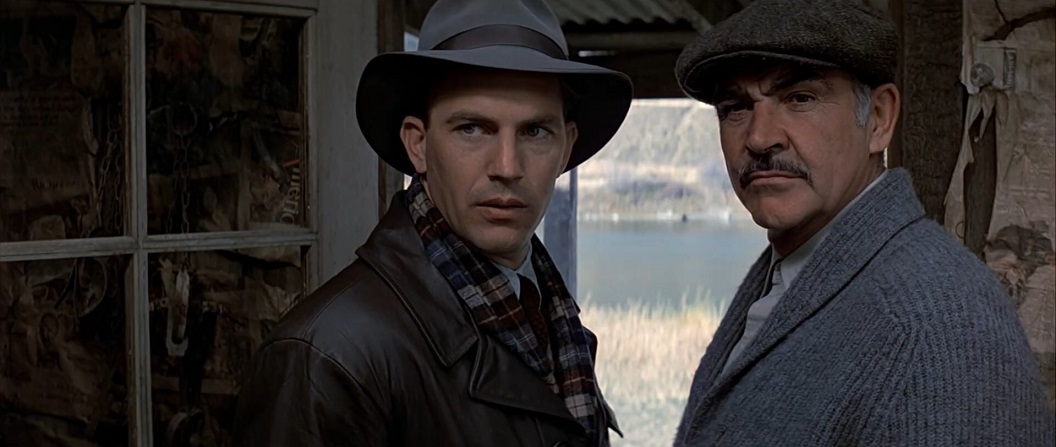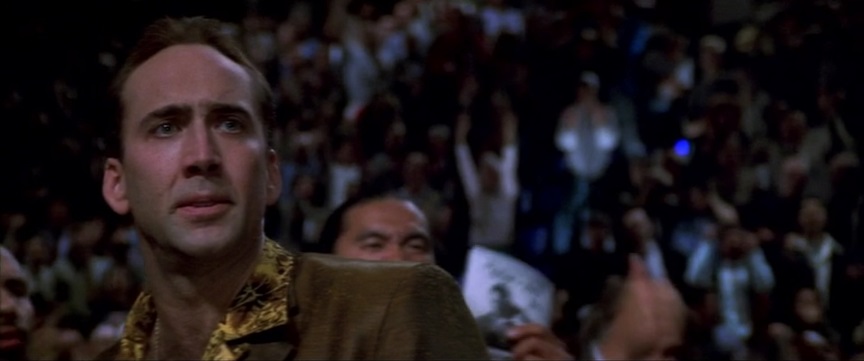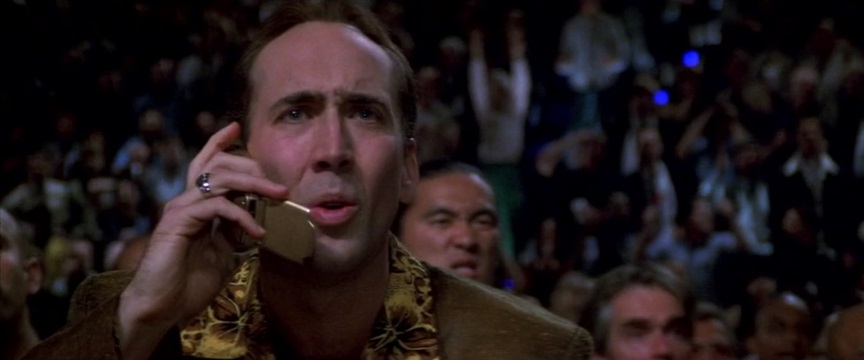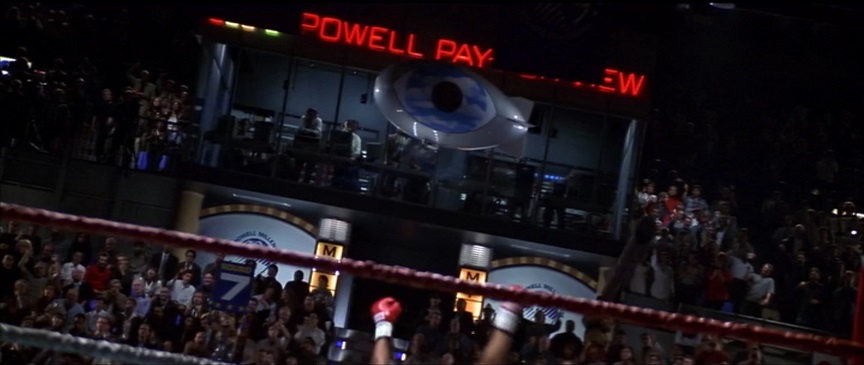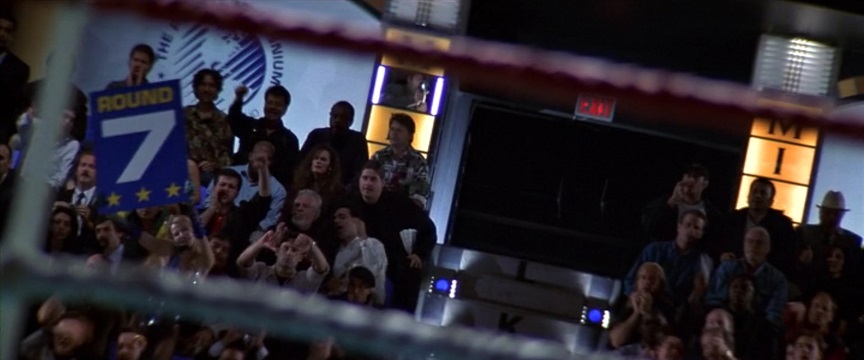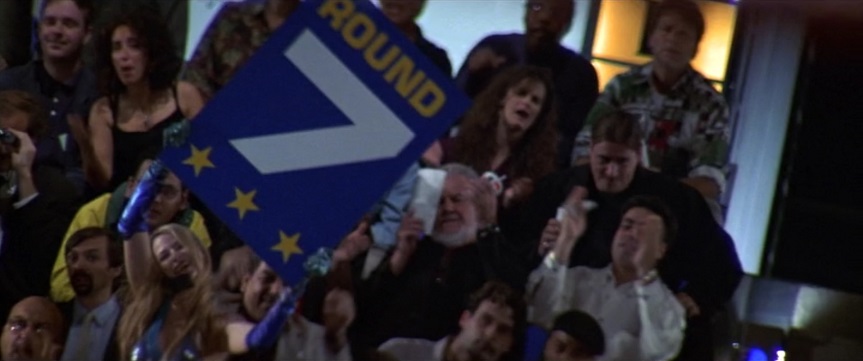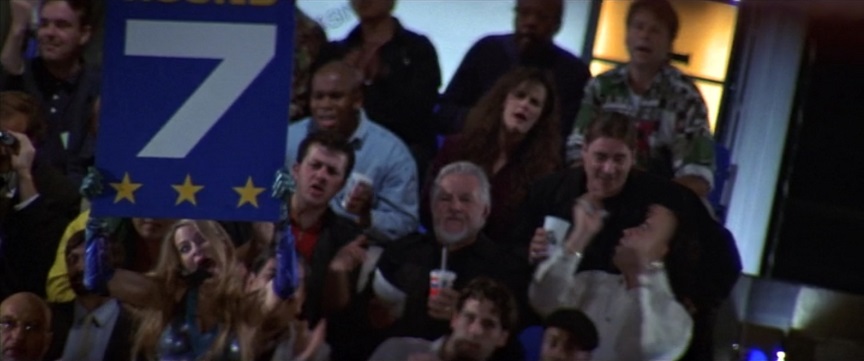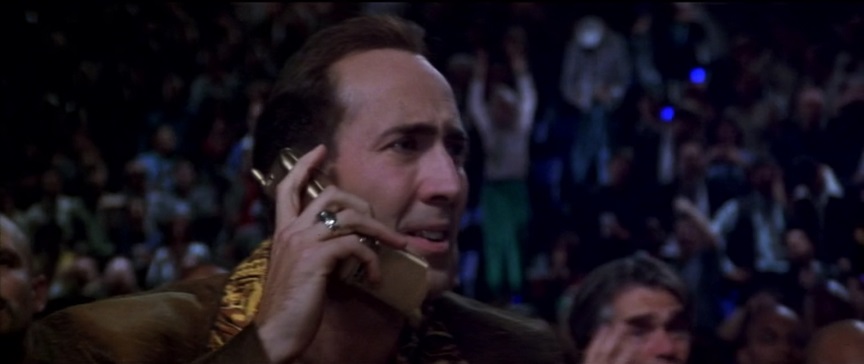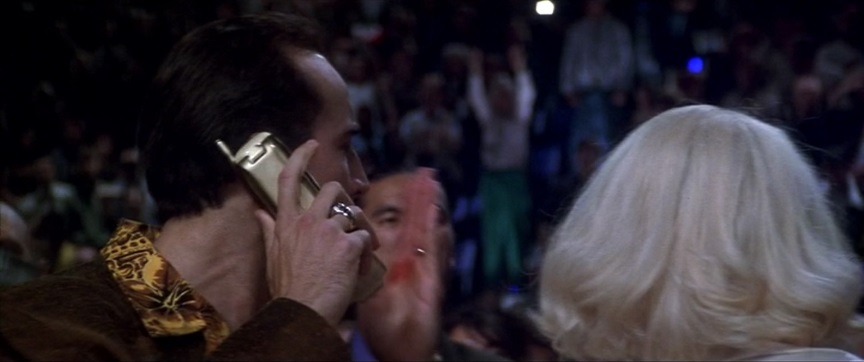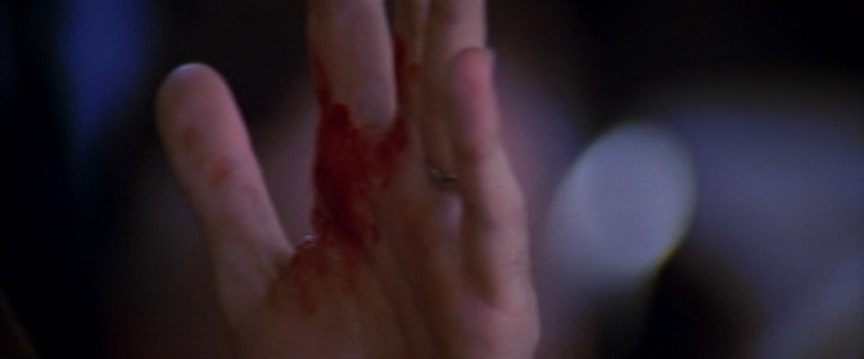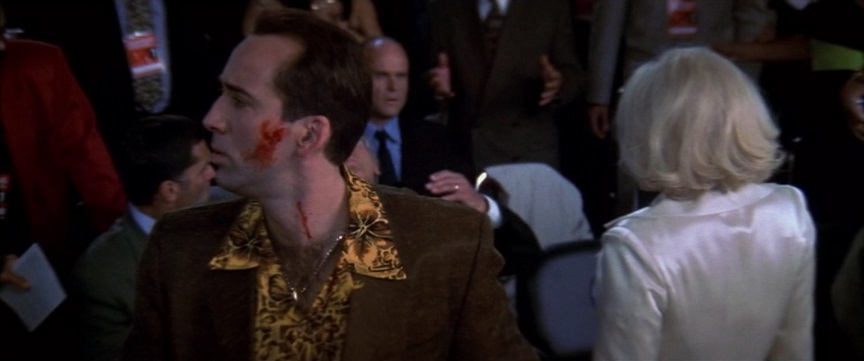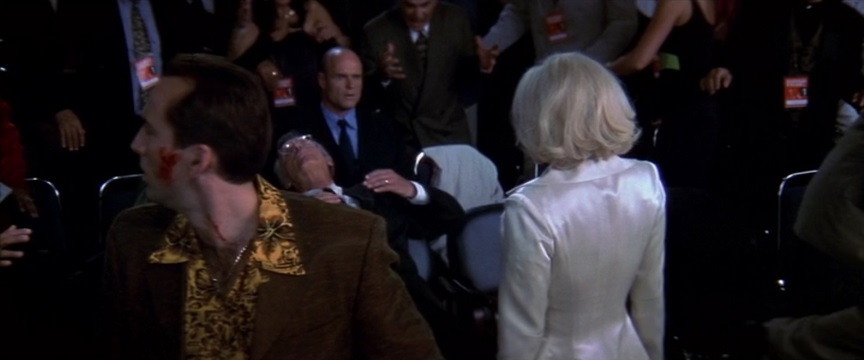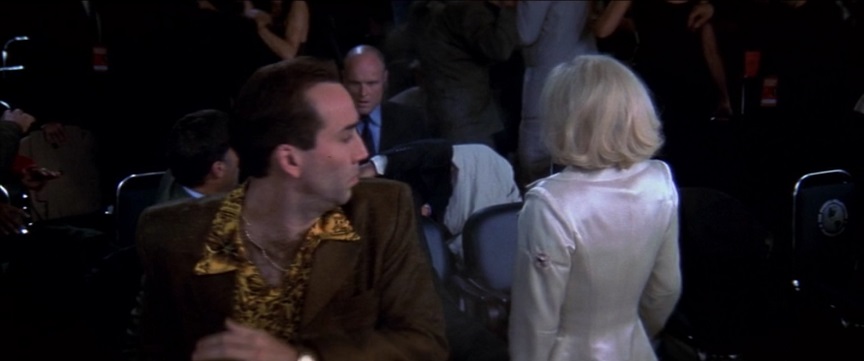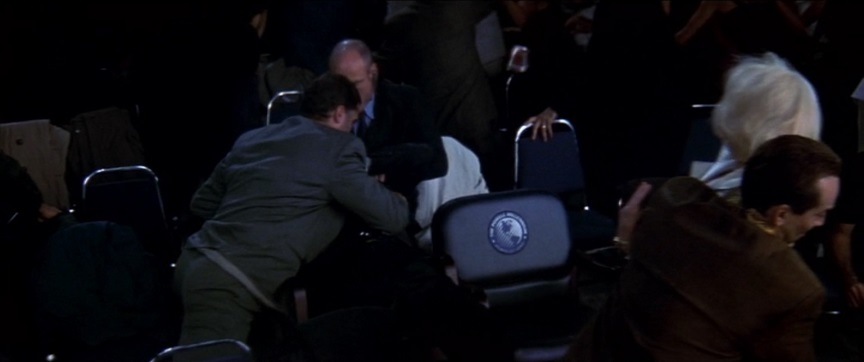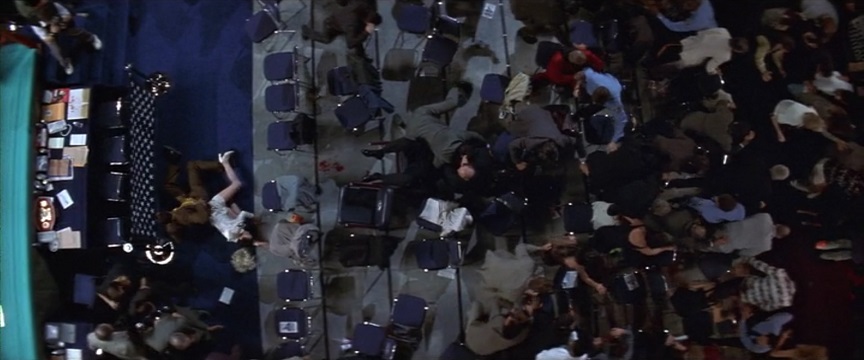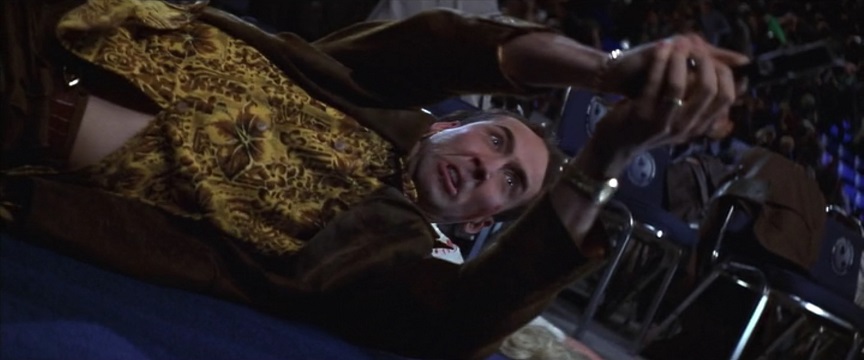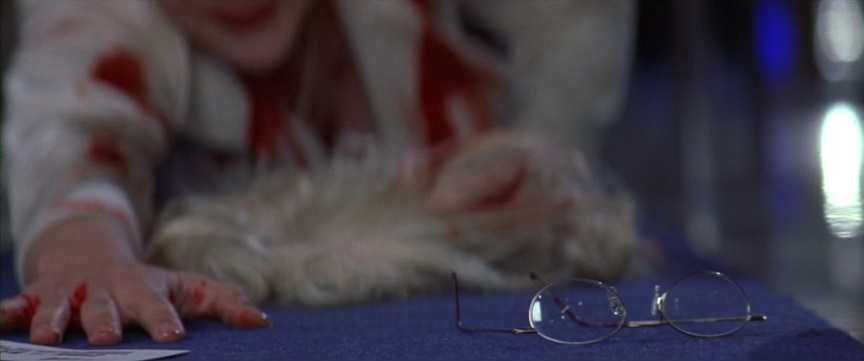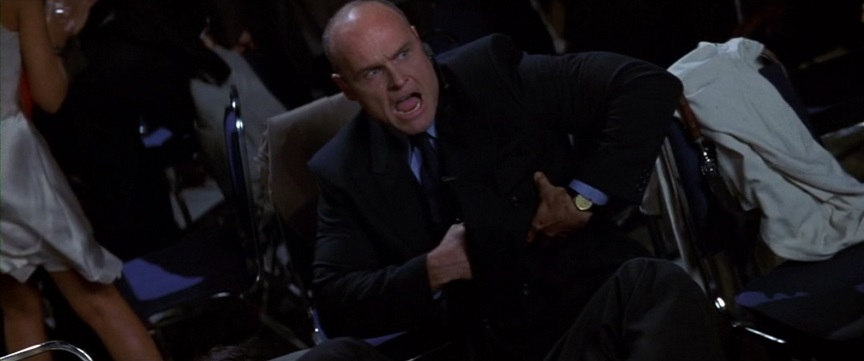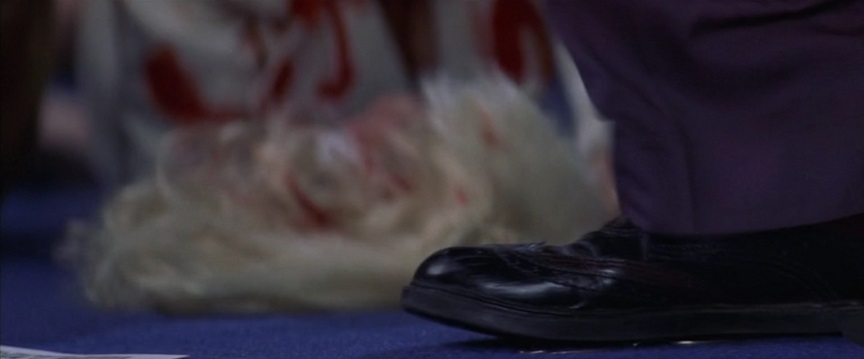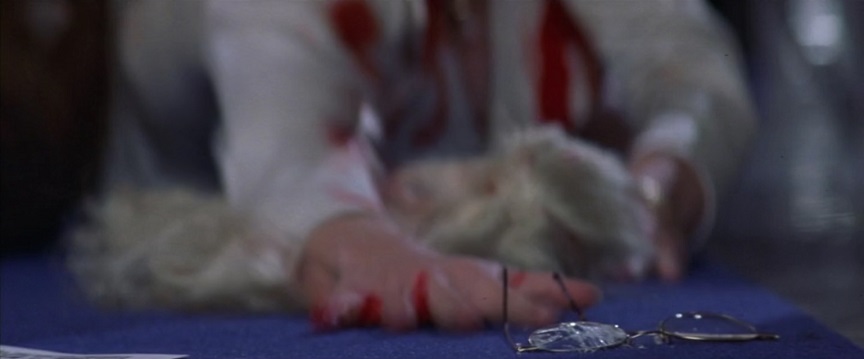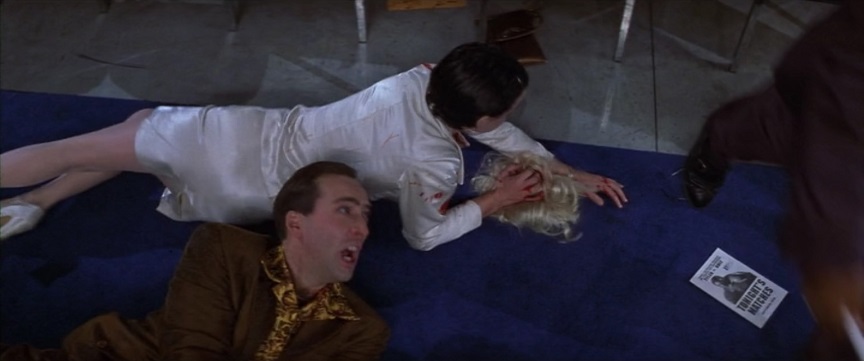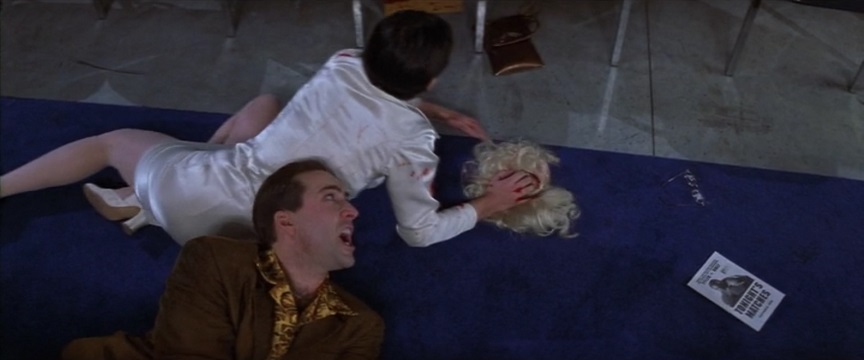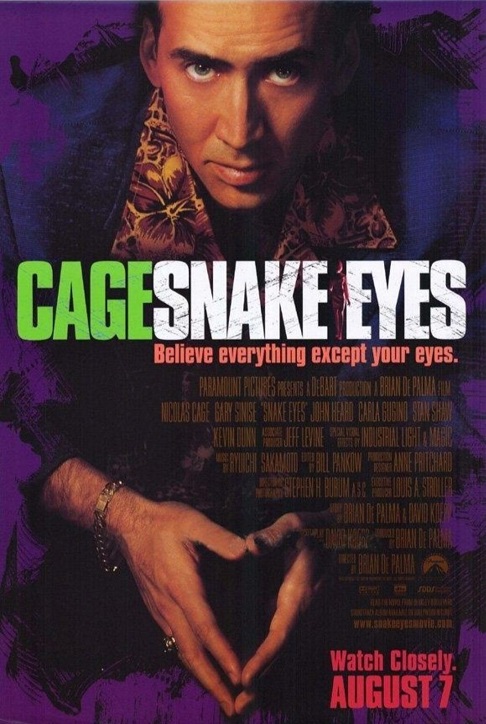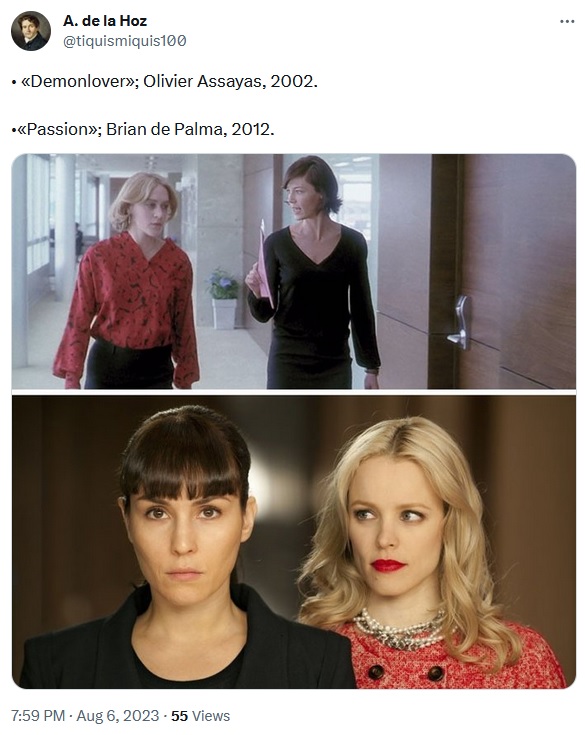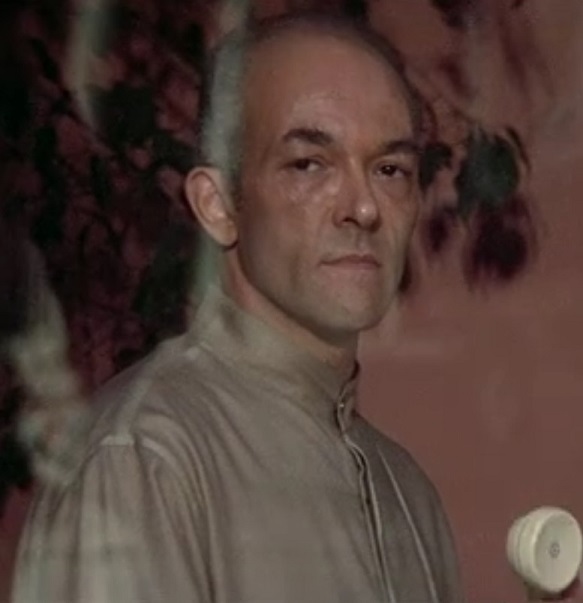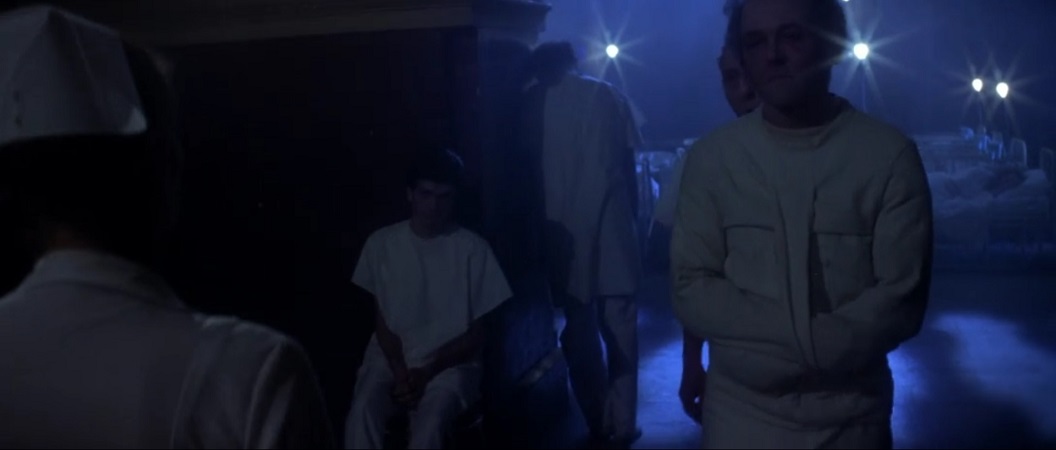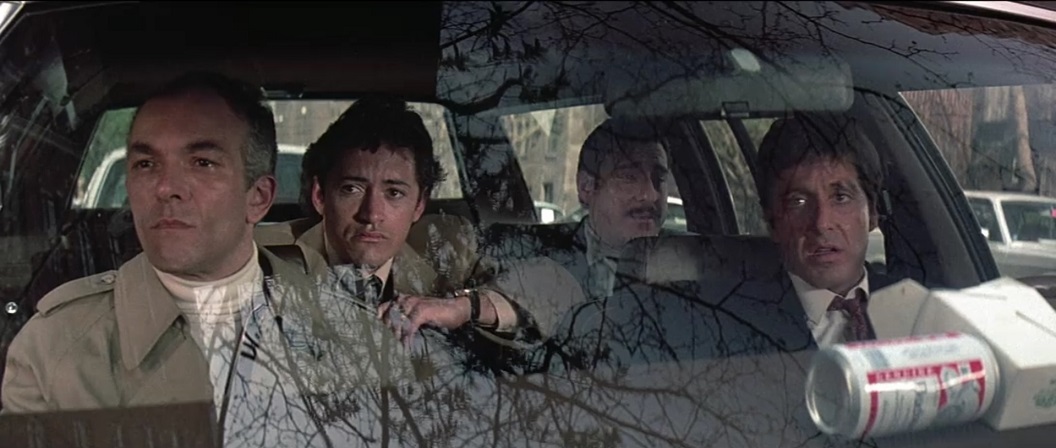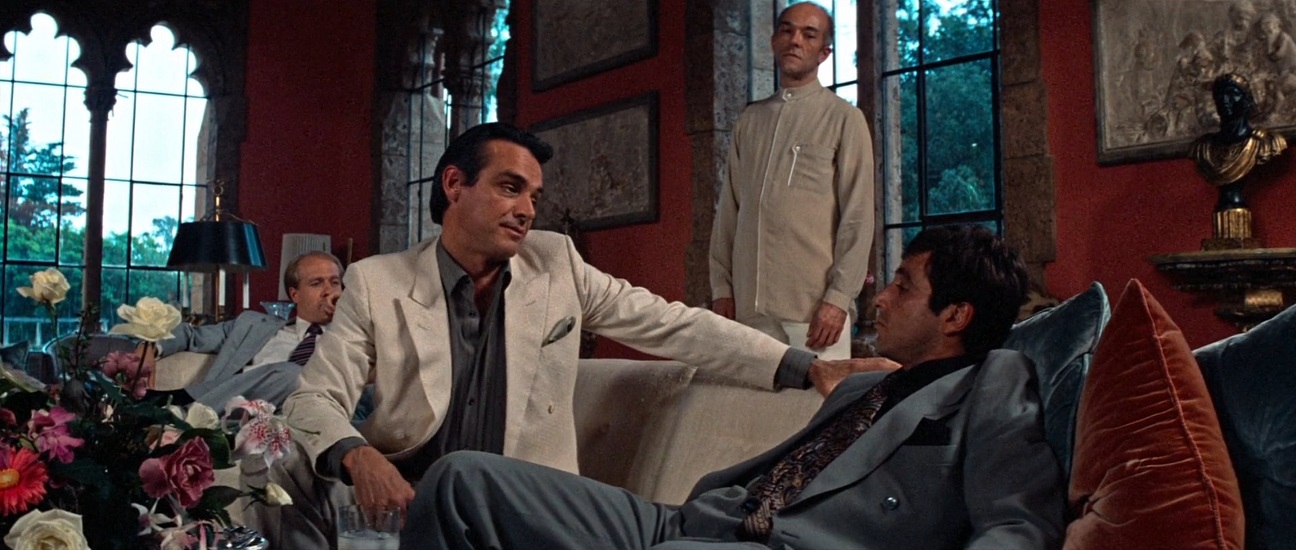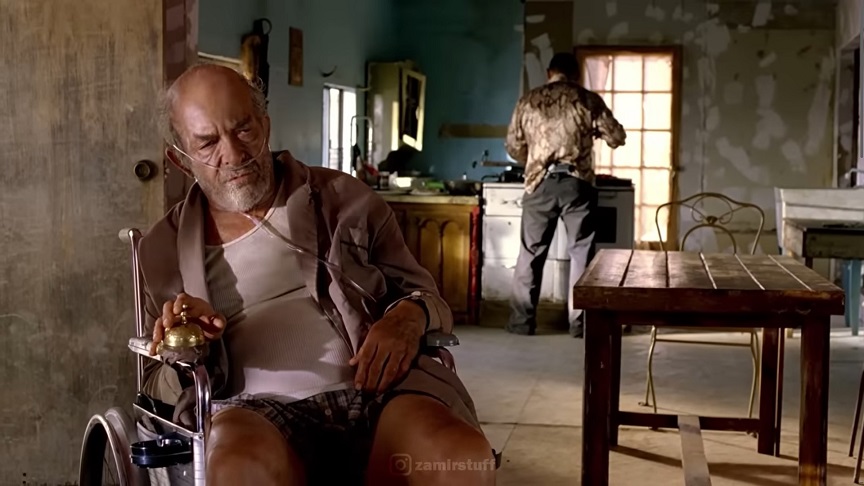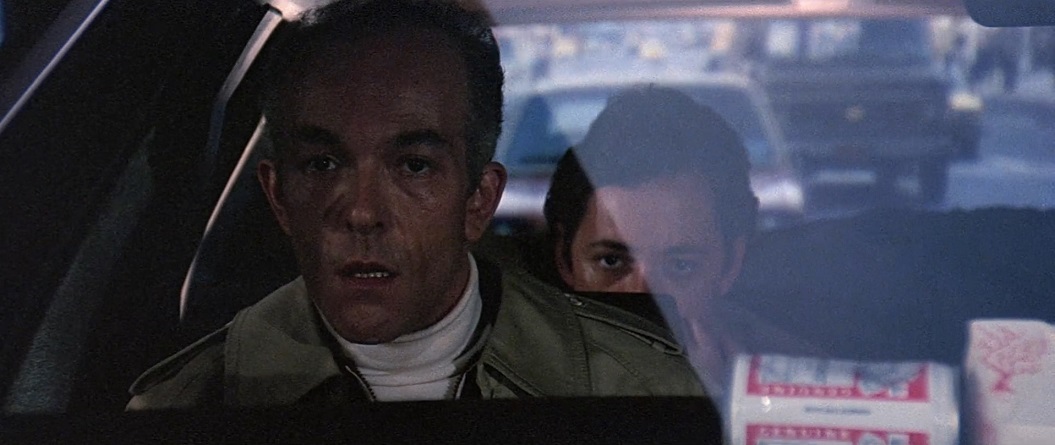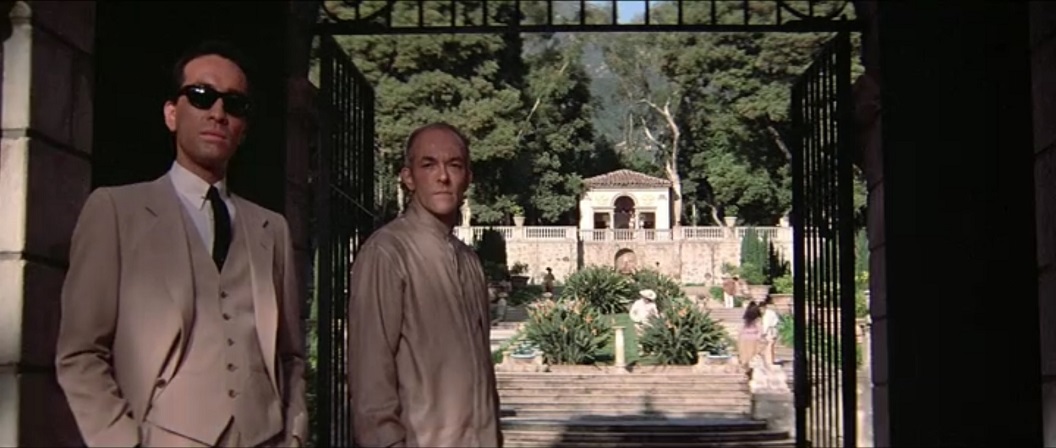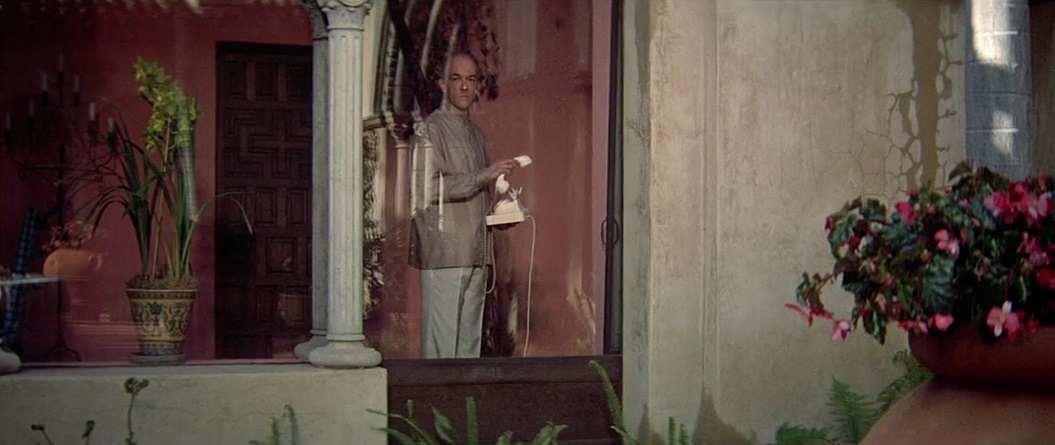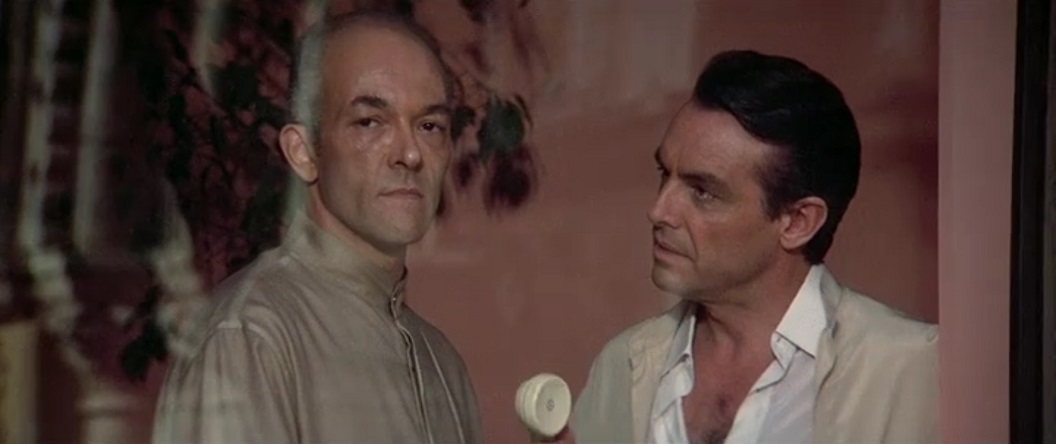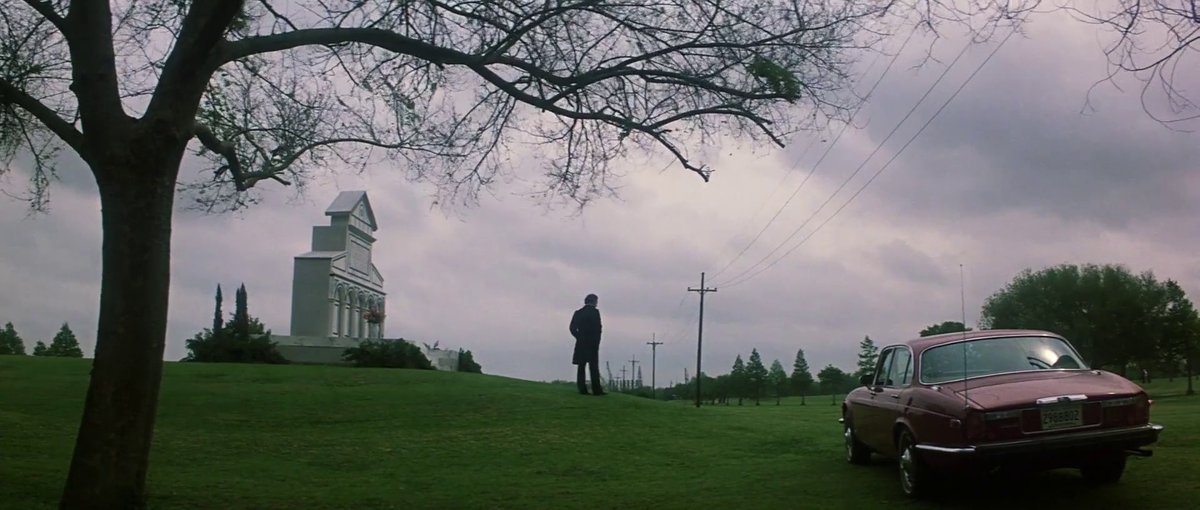. "And can even do it better." The quote comes from
. Greenberg, who passed away in 2017, received an American Cinema Editors career achievement award in 2015.
Politicized by the counterculture movement and Vietnam, working within the studio system, yet largely freed of producer control, directors like Arthur Penn, Francis Ford Coppola, Sidney Lumet, Michael Cimino, Brian De Palma and William Friedkin expressed a brutality and energy not seen on screen before. It is no coincidence that many classics of the American New Wave were crafted with the sensibility and skill of Greenberg. Greenberg himself might defer any such attribution to Dede Allen, ACE, the legendary editor who arguably broke the mold when creating the era’s seminal movie, Bonnie and Clyde (1967). Greenberg, then 31, had known Allen for five years since being invited to be her apprentice cutting Elia Kazan’s America America.
“By ‘67 Dede and I had become close friends,” relates Greenberg. “Because of some time constraints on the finishing of [Bonnie and Clyde] and the political entanglements that wracked Arthur Penn and Warren Beatty (star and producer) I was given the task of editing a couple of the shootout scenes, including the last ‘dancing’ shootout. I worked closely with Penn on them, and he re-edited them with Dede.”
The final ambush in which the duo are gunned down, lasts less than a minute and contains more than 50 cuts. Greenberg employed slow motion at some points and faster speed at others, creating a tense and violent conclusion.
“Dede knew how to cut faster than anyone I know – and make it work. In the days of the Moviola you could sense not only what was going on in that other person’s mind, but how their fingers work, how their body works; you got it all.”
Greenberg’s career began in his native New York in 1960 in an industry that consisted mostly of TV production, commercials and small 16mm-documentary companies.
“The music edited and supplied to these companies came from contractors who leased music libraries from various publishers,” he recalls. “They were willing to take a chance on hiring someone who had no formal music training, or industry experience.”
Greenberg learned how to edit music (physically, splicing ¼-inch tape, and 35mm striped sound film), but as importantly, the function (and dysfunction) of background music, its grammar and importance in motion pictures. He also learned to use the gear for editing; the Moviola, splicers, synchronizers and recorders.
“I was hooked. I confided this desire to a good friend, who was a sound effects editor, and he told me he was going to be working on a feature being edited by Dede, (America America) and would I be interested in being her apprentice? As corny as it sounds, my life had begun.”
A year after the massive success of Bonnie and Clyde, Greenberg cut his first feature as solo editor, the caper, Bye Bye Braverman, for Sidney Lumet and in 1971 won the Academy® Award and BAFTA® for editing highly influential, cops-and-narcotics thriller The French Connection.
“This was the perfect storm of passive collaboration,” describes Greenberg. “The passion and energy of Billy Friedkin, the patience and understanding grace of [producer] Phil D’Antoni, the courage and reflexes of Owen Roizman, ASC, and the obsessive command of Gene Hackman. A lifetime of those dailies is the ultimate definition of happiness.”
The breathtaking car chase featuring Hackman’s pugnacious detective racing to catch a hit man aboard a Brooklyn D-train has been dissected at film schools ever since. Shot, like the rest of the film, documentary-style on location using handheld cameras and one strapped to the Pontiac’s bumper, the action is intercut with extraordinary verve.
“In a visual picture editors have a greater responsibility to carry it off than in a dialog-driven film,” says Greenberg. “We used imagery to illuminate the obsessions of the characters by studying how their faces react to a situation. Billy allowed it to develop with the actors in the shooting and later in the cutting room. It has compactness to it.”
Both Roizman and Greenberg went on to work with director Joseph Sargent on another gritty crime classic, The Taking of Pelham One Two Three (1974), structured entirely around the tense standoff between a hijacked running metro train and the NYPD.
Arthur Penn recalled Greenberg for The Missouri Breaks (1976) which paired acting titans Jack Nicholson and Marlon Brando in a western tale of cattle rustlers and land owners.
“When an actor can no longer remember lines, or want to, and requires cue cards to fill their eyelines just because they are revered as one of the best actors on earth, it should give editors (and producers and directors) fits,” recalls Greenberg. “That said, it may not be enough to make Brando less then the best actor on earth. It was not a good picture, but the acting was the least of the reasons for that.”
Greenberg would work on another Brando performance two years later as one of four credited editors on Apocalypse Now.
Coppola’s antiwar epic had been largely assembled on location in the Philippines by Evan Lottman (credited as additional editor on the film’s release). It was Lottman who asked Greenberg, then residing in San Franscico, to assist him on the project, with three other editors (Richard Marks, ACE; Walter Murch, ACE; Lisa Fruchtman) also taking over segments of the film.
The project was Greenberg’s life for 18 months from early 1978. “I’d seen the rest of the film assembled and I thought, even then, it was a phenomenal document. It was a very happy experience for me but politically it was not easy. Francis did not know me and had never met me although he knew me by reputation.”
Among the scenes Greenberg cut was the high-octane aerial battle for a Vietnamese village, a sequence which appears perfectly timed to Wagner’s Ride of the Valkyries which the Air Cavalry plays over loudspeakers to frighten the enemy.
“I enjoy blending music with images but I’m wary of any editing timed purely to music,” he says. “To me, that’s denigrating the art of editing to a cartoon. It’s Mickey Mouse editing. That was never the case here. The music was actually used as a weapon to intimdate the enemy and was always intended to be used in this scene so to that extent the scene is truthful. If there was any Mickey Mouse timing it was not intentional.”
Greenberg was also responsible for editing the French plantation scene, restored to print by Walter Murch for the extended Redux version in 2001.
“It was a scene that intentionally took your mind away from all the calamity – that you could have something as serene going on amid all the horror. But I was the first to suggest that it should be removed from the original.”
After the intensity of Apocalypse Now, Greenberg’s next project couldn’t have been more different. The urban drama of a middle-brow Manhattan couple battling for custody of their son swept the board at the 1980 Academy Awards ® winning Best Picture and garnering Greenberg a second editing nomination.
“How did I switch from something which has very broad political implications to doing this very intimate, sentimental story? I think that the ability to transition in this way should be in the toolbox of every editor. You may enjoy working on one end of the spectrum but studios and directors are buying your ability to understand all situations. They are buying your mind.”
Perhaps surprisingly Greenberg says he’s always enjoyed movies with a sentimental and sweet aspect. However, there is a fine line between sweet and saccharine which Greenberg confronted on Kramer vs. Kramer.
“I abhor treacly sentimentality,” he says. “That’s a red flag for me. When I’m working on a film like Kramer, which has a ton of sentiment, I want to impart that but I’m not going to spoon feed it to you.”
While he enjoyed every minute on Kramer, he wasn’t entirely comfortable either. “There was a lot of tension that happened around the cameras that crept over into the cutting room. Since [director Robert Benton] worked very hard on the editing he would sometimes share with me the problems he was having between [producer] Stanley Jaffe and [actor Dustin Hoffman, who was encouraged to direct the performance of child actor Justin Henry]. To be fair to Bob he did as much as he could to keep it out.
“Most films don’t allow the audience to make up their minds about characters and instead manipulate people to feel a certain way. Most producers go for that because that’s what they think a sentimental movie should do. I think you have to deny an audience that easy route. The way Kramer was shot it could have been edited to be a lot more sugary – and keeping it dry was a wonderful problem to have.”
Greenberg doesn’t use ‘manipulation’ pejoratively. Movies are, after all, constructed to reveal only what the filmmakers want us to see of a particular story. The past master of this was Alfred Hitchcock. Among the director’s latter day apostles is Brian De Palma with whom Greenberg has had a defining relationship.
“My aim was never to belong to somebody else. I didn’t want to think of myself as some director’s artist. I took the jobs because the scripts sounded like they needed a good editor. In other words, an editor to take that mass of ideas and make it critical. I found that instinct immediately with Brian De Palma.”
Greenberg had had a strong early association with William Friedkin, not only for The French Connection but in editing The Boys in theBand (1970). “I was supposed to do the next one for him too (The Exorcist) but there was some delay and I needed the work. I had a family to support and I took another job in the interim. That was a slap in the face to Billy. We had an argument over that and we never worked together again. So here was a case where a director thought an editor’s loyalty was worth more than anything else in that editor’s life. I never felt I did the wrong thing.
By 1979 De Palma had made several movies including Hi, Mom! and Obsession with Paul Hirsch, ACE. When Hirsch found himself unable to commit to De Palma’s next project, Dressed to Kill, he recommended Greenberg.
“I liked Brian but I didn’t particularly like his movies,” admits Greenberg. “I liked his comedies more than, say Carrie, because I found them too strident, sort of pretentious and openly derivative.”
Although De Palma kept sending script rewrites, Greenberg kept turning him down. De Palma was persistent. “This was the first time in my life someone had not taken no for an answer.” Greenberg eventually agreed to meet in De Palma’s office on Fifth Avenue which the editor recalls as a small dining room with 3” x 5” file cards filled with stick drawings and stuck by Scotch Tape to the mirrored walls.
“While we’re talking I’m looking at the walls and these crude storyboards of planned shots and it excited me. It convinced me to do the movie because I could see in this mosaic of cards the essence of the film and what he wanted to achieve. Brian was a visualist and this excited me more than anything.”
In short order they made Dressed to Kill, Body Double, Scarface, Wise Guys, The Untouchables, each containing some of the most memorable sequences ever put on screen. The homage to Sergei Eisenstein’s Battleship Potemkin, reset to 1920s Chicago on the steps of Union Station in The Untouchables is one of them.
“This was not about doing a line-for-line copy of Potemkin but a Brian De Palma expression of thank you to Eisenstein for giving us the language of montage,” he says. “I wanted to get on screen what he himself wanted before he even drew those stick drawings. Brian was the consummate filmmaker and I was becoming part of his thinking. Usually in the editing process the first look by a director is a most auspicious moment. On Scarface, Brian came in to see the first cut which I’d done by about the last day of shooting. He looked at it and just said, ‘Ship it.’ I don’t want to analyze it too much but he trusted me and we got along very well.”
Greenberg adds: “Editing is one of the most beautiful crafts in the visual arts. It has this ability to move you out of your neighborhood theater and into an opera house and De Palma was quite brilliant at being able to do that.”
